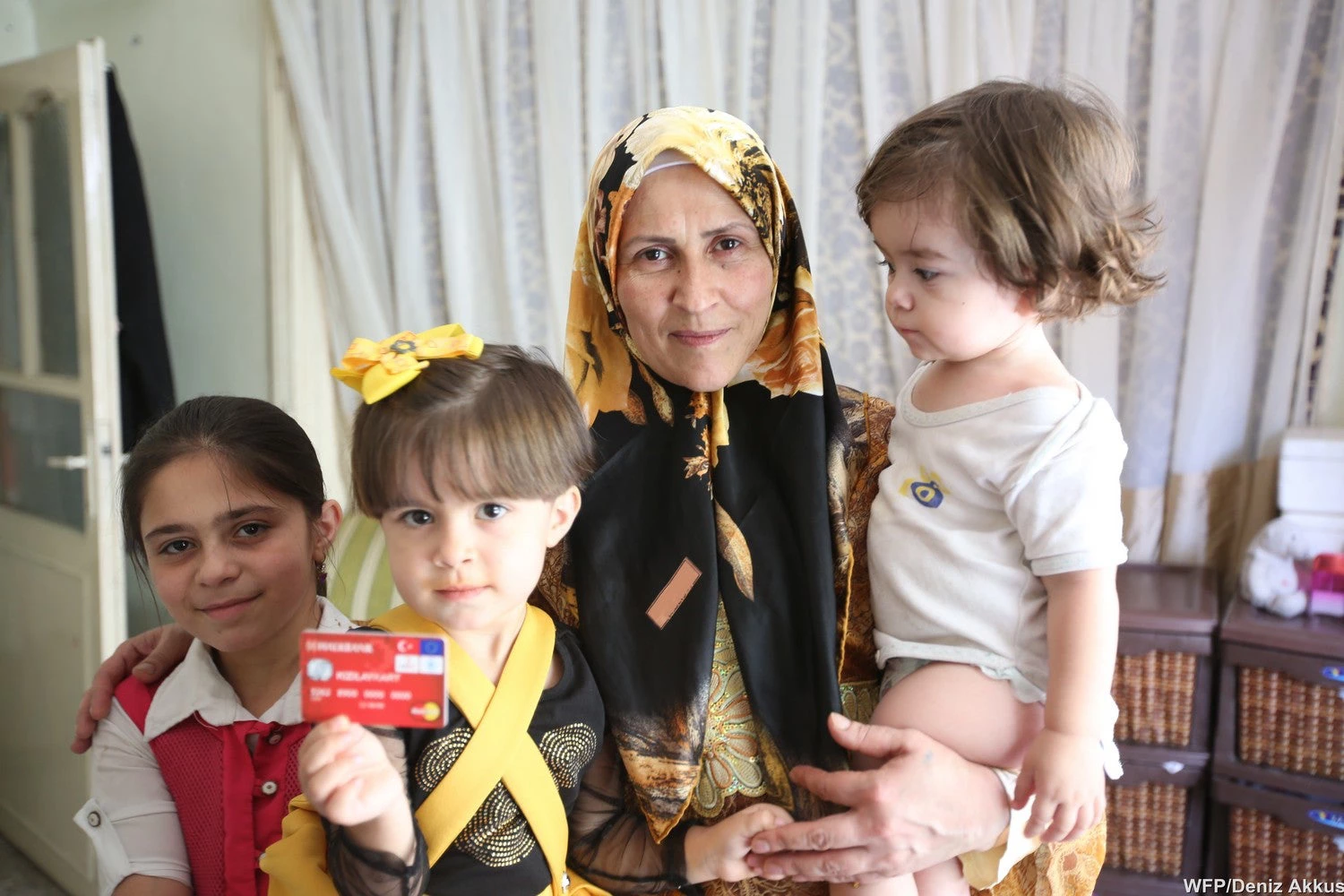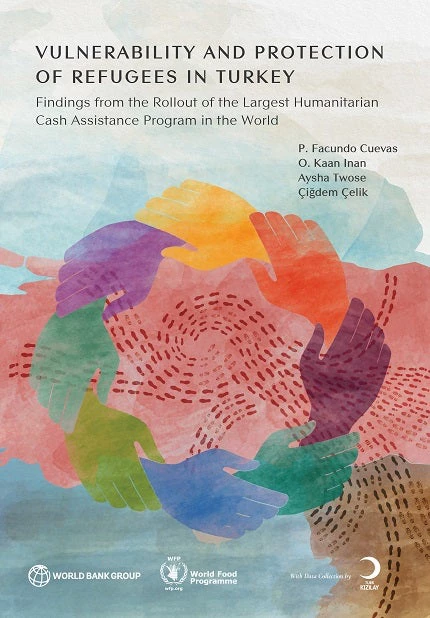 © Deniz Akkus/World Food Programme
© Deniz Akkus/World Food Programme
Turkey is home to the largest number of refugees in the world. It hosts nearly 4 million refugees, of which about 3.6 million originate from Syria. In the face of the challenge, Turkey and its partners created the Emergency Social Safety Net (ESSN) program to provide cash assistance to the most vulnerable refugees. The program is funded by the European Union, and implemented by the Ministry of Family, Labor and Social Services, the World Food Programme, and Turkish Red Crescent.
In particular, the ESSN’s goal was to reach the poorest 40 percent of the 4 million refugees and provide them with cash transfers to support their capacity to meet basic needs. How did this targeting objective work in practice? Was the amount set for the transfers adequate to support basic needs? We look at these questions in a new report.
In a data-scarce environment, the targeting criteria were developed by identifying household demographic characteristics that closely matched the inability to afford the cost of basic needs. The selected criteria were based on the household’s dependency ratio, number of children, elderly headship, being a single parent or a single female, and having members with disability.
Upon the rollout of these criteria, and before households started receiving transfers, we found that poverty affects 76 percent of the refugees targeted by the ESSN program, and another 12 percent lived close to the poverty line. A subnational lens showed that poverty rates were significantly higher in the Anatolian and Southern Mediterranean areas than in Istanbul and the Aegean regions. ESSN targeted refugees not only suffered from a shortage of resources today, but also resorted to coping strategies that could cripple their resource-generating capacity tomorrow.
The targeting has worked comparatively well, but it has also missed a share of the population in need. Among all those that applied to ESSN, 23 percent were poor but did not meet the demographic eligibility criteria. As a result, informed by the analysis included in the report, ESSN stakeholders discussed improvements to program design. Last November, they decided to introduce “discretionary allowances” that local government offices allocate to households that do not fit the targeting criteria but are deemed through a household socioeconomic assessment.
In analysis done before households started receiving transfers, the report shows that on average the amount of the transfers would provide an important positive income shock. The average value of the transfer is equivalent to 51 percent of the household’s pre-transfer expenditure levels. Among poor households, the ratio is 63 percent. In other words, the transfer has the potential to significantly improve the lives of ESSN refugees. In ongoing work, we are evaluating the impacts of the distributed transfers on the welfare of ESSN beneficiaries, hoping to keep informing potential program improvements.
World Refugee Day gives us the chance to pause and take stock of what has been achieved, but also re-energize to help tackle pending challenges. Going forward, we renew our commitment to continue building the evidence-base for improved safety net responses to reduce poverty and vulnerability of refugees in Turkey and abroad.
Read Report: Vulnerability and Protection of Refugees in Turkey




Join the Conversation